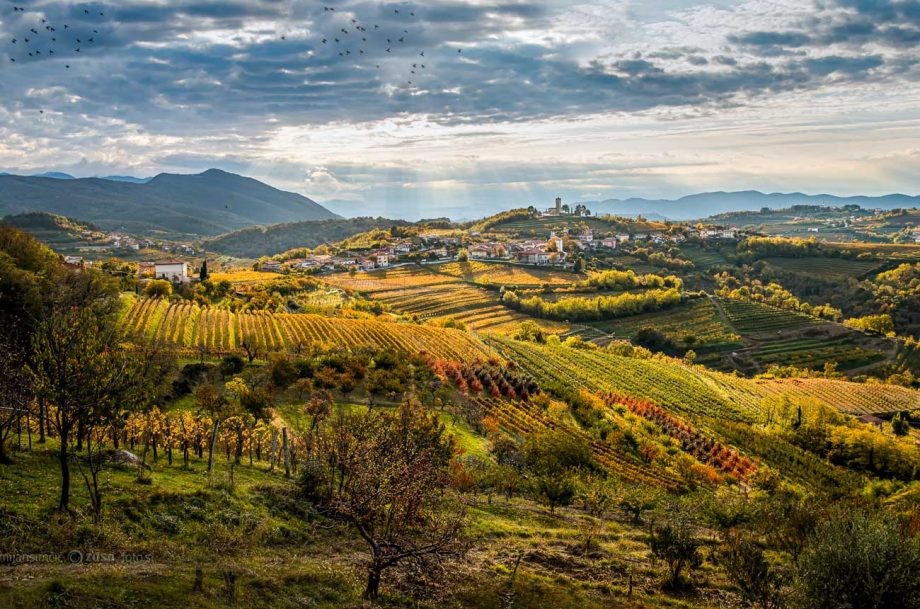New products
Showing 1–30 of 66 results
Showing 1–30 of 66 results

Slovenia, a small but remarkably diverse wine country, boasts a winemaking heritage that stretches back to the Celts and Illyrian tribes—long before the Romans introduced viticulture to France, Germany, or Spain—and is home to the world’s oldest grape vine still in production. Today, more than 28,000 wineries cultivate 22,300 hectares of vineyards, producing upwards of 80 million litres of wine annually, of which about 75% is white wine. Almost all production is consumed domestically, but the number of award-winning bottles on the international stage continues to rise as winemakers increasingly focus on quality over quantity. The terrain is often steep, favouring manual harvesting over mechanical methods, and the country’s 20 wine routes showcase a wealth of regional styles, grape varieties, and terroirs. The Podravska Wine Region in the northeast, bordering Croatia and Hungary, is Slovenia’s largest winegrowing area, covering around 9,650 hectares. It enjoys a cool continental climate with warm summers and cold winters, ideal for producing almost entirely white wines (about 97% of output), especially sparkling wines and world-class dessert wines influenced by fertile loamy soils and long ripening seasons. Officially divided into two major areas and seven smaller districts, Podravska’s wines are among the country’s most prestigious, with roots dating back to prehistoric times. The Posavska Wine Region in the southeast is the smallest, with 4,400 hectares and an annual production of around 10 million litres. Its rolling hills, mixed sandy-clay soils, and cooler continental climate foster the signature wine Cviček—a light red blend with a fresh, slightly sour profile made from grapes such as Modra Frankinja, Žametna Črnina, Krajevina, Laški Rizling, Rumeni Plavec, and Zeleni Silvanec. With more than 200 years of tradition, Cviček remains the everyday wine of choice in the Dolenjska area. The Primorska Wine Region, in the west along the Italian border, covers 8,081 hectares but produces up to 30% more wine than Podravska due to its favourable warm Mediterranean climate. Here, marl and limestone soils, combined with sea breezes and strong Italian cultural influence, yield expressive reds (such as Refošk and Merlot) and structured whites (including Rebula and Malvazija). Primorska’s varied subregions—from coastal hills to high-altitude slopes—allow for a wide stylistic range, from crisp, mineral-driven whites to full-bodied, age-worthy reds. Across Slovenia, the diversity of climate, soil, and elevation supports both international grapes (Sauvignon Blanc, Chardonnay, Pinot Gris, Merlot) and native varieties (Rebula, Malvazija, Modra Frankinja, Refošk), producing styles from aromatic, fresh whites to complex reds and celebrated botrytised sweets. Combined with careful vineyard management and a tradition of manual harvesting, Slovenia’s wines are increasingly recognised for their distinct regional character, purity of flavour, and exceptional balance.